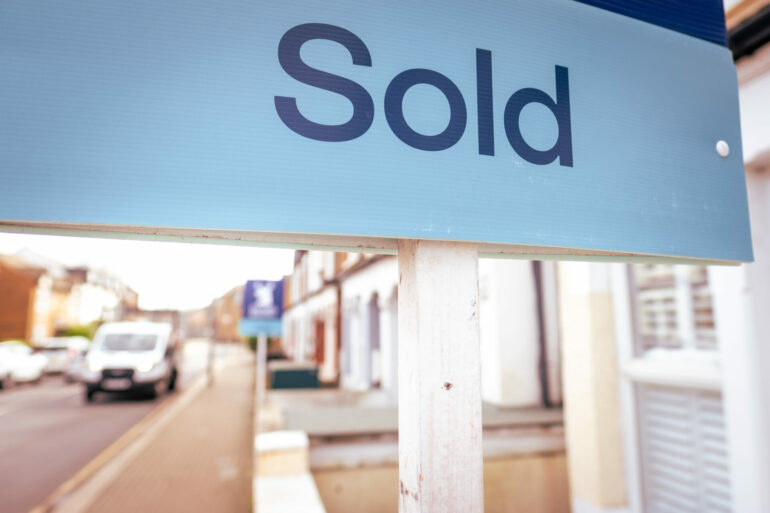Coventry Building Society has calculated that the true cost of Stamp Duty is 66.9% higher than the tax bill itself, leaving homebuyers spending thousands more than they realise.
By paying the tax rather than contributing towards their deposit, many homebuyers need to borrow extra and end up paying thousands more in interest over the life of the mortgage.
Stamp Duty is a tax which must be paid, at various percentages, within 14 days of anyone buying a home.
Calculations from the lender showed that someone borrowing £5,000 more to cover the Stamp Duty on their £350,000 home would pay £8,346 over the term of a 25-year mortgage – an increase of 66.9%, assuming a mortgage rate of 4.51%.
Landlords or anyone buying a second property – which includes those buying a new home while still named on the family home following a split – face higher Stamp Duty costs to begin with, as they have to pay a 3% surcharge.
Jonathan Stinton, head of mortgage relations at Coventry Building Society, said: “After they get their keys, people have a two-week grace period to cough up thousands of pounds in Stamp Duty.
“If they don’t have that lying around the chances are they’ll need to eat into their deposit to cover the bill, meaning the amount they pay in real terms shoots up by thousands.
“Stamp Duty is already considered a burden to homebuyers, but this shows it’s a more damaging liability than people perhaps realise.
“It adds to the long list of reasons why Stamp Duty should be top of the Chancellor’s priorities this Budget.
“Not only does it put a lag on the market, it disincentivises downsizers, stifles the private rental sector by imposing a 3% surcharge, and it’s costing many homebuyers thousands more than they realise.
“As a basic rule of thumb, buyers taking a 25-year mortgage at a rate of 4.51% will pay around 67% more if they need to borrow extra for their tax bill – and this will be even higher if they take their mortgage over a longer term.
“The extra borrowing can also make a difference to the rate they pay, as people with larger deposits have a lower loan to value so typically get a better rate of interest.”



